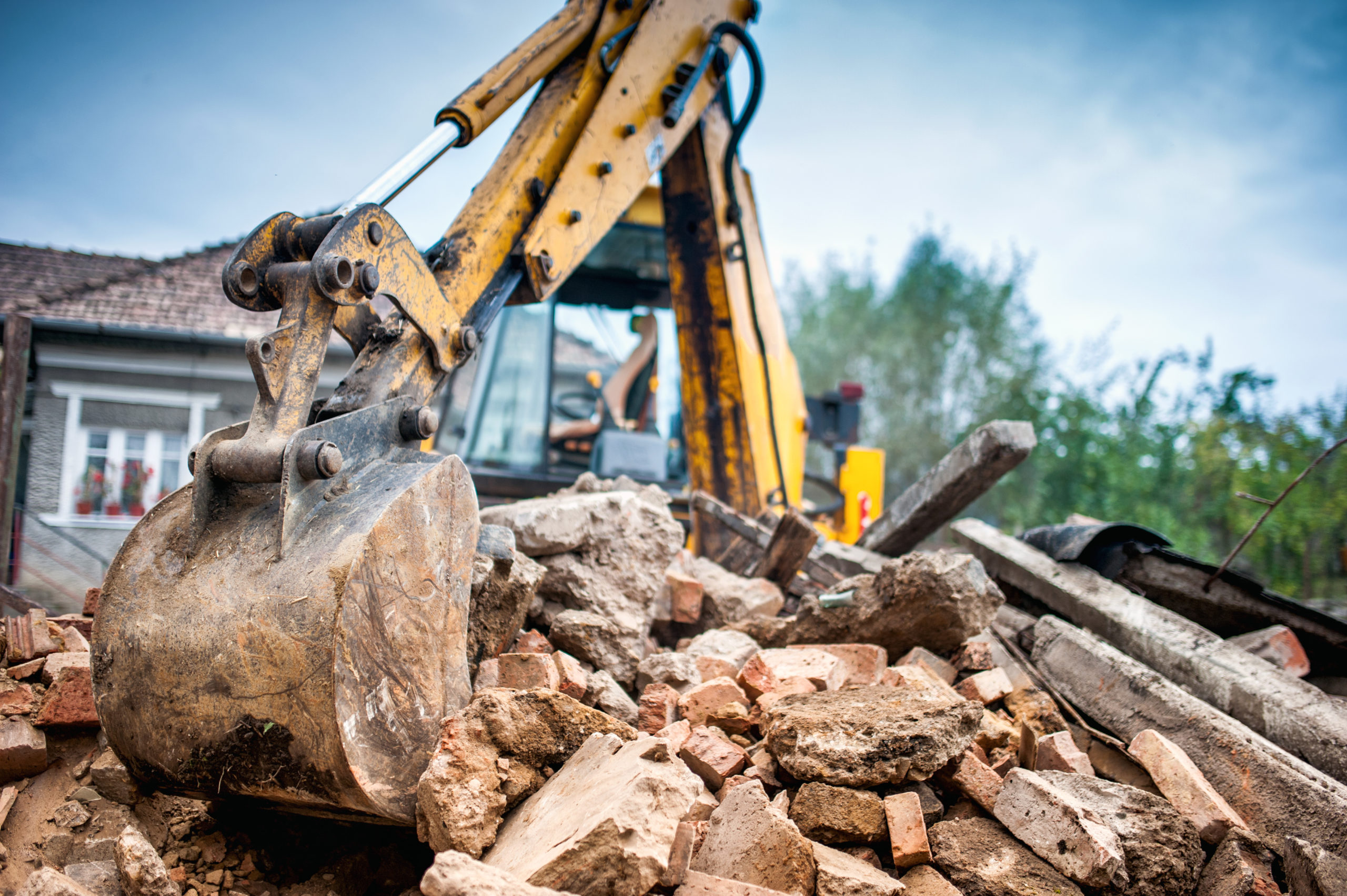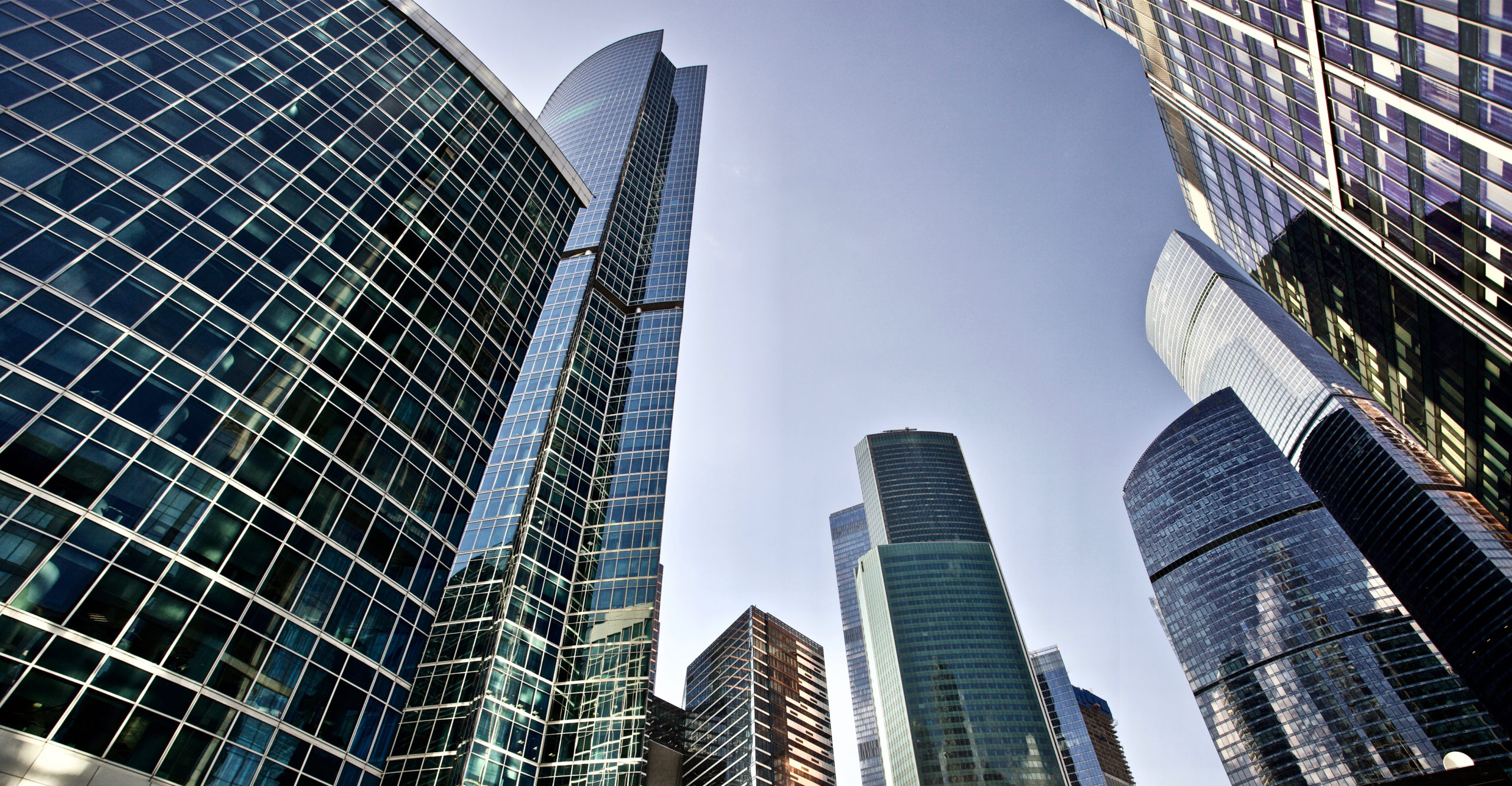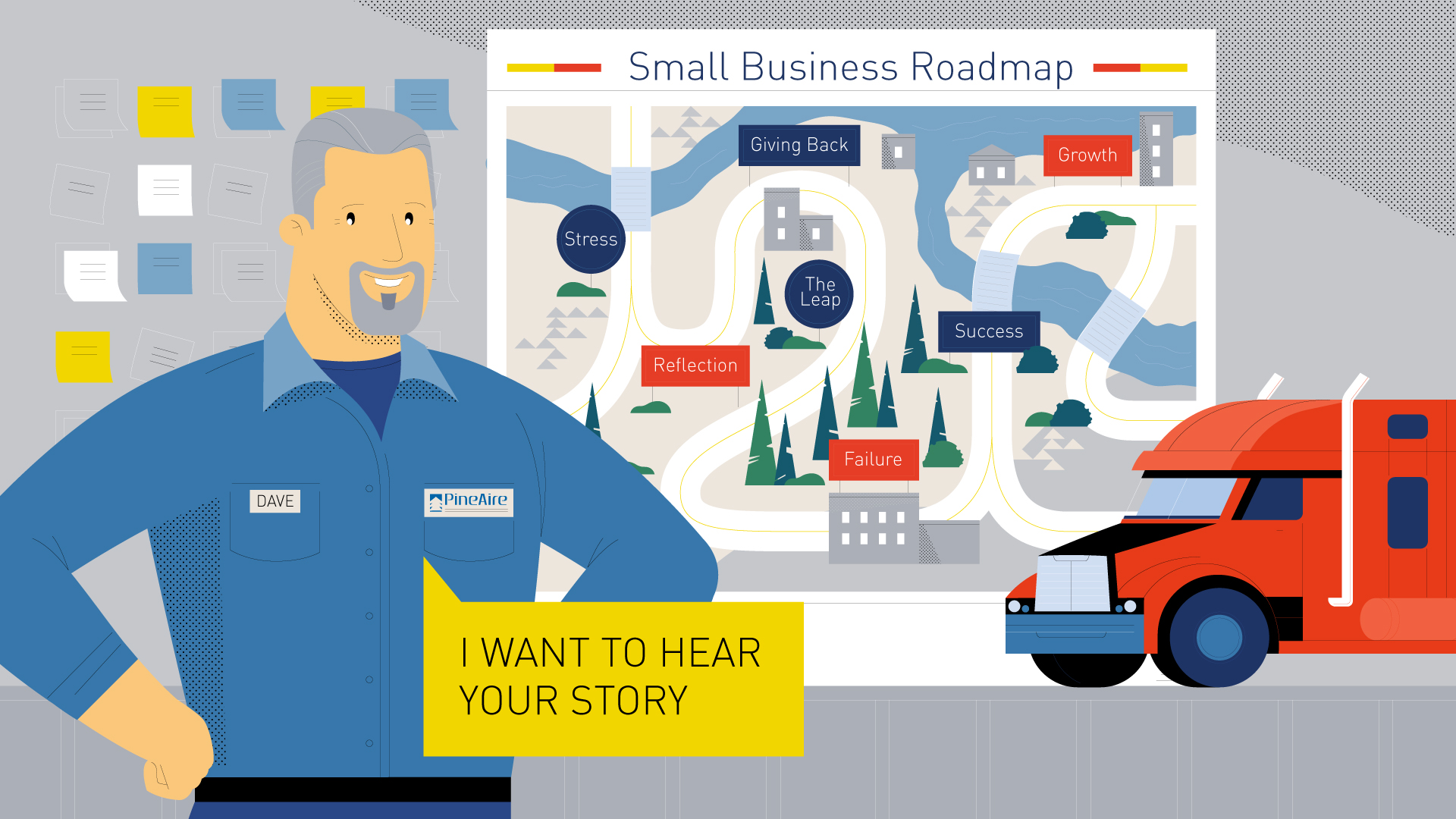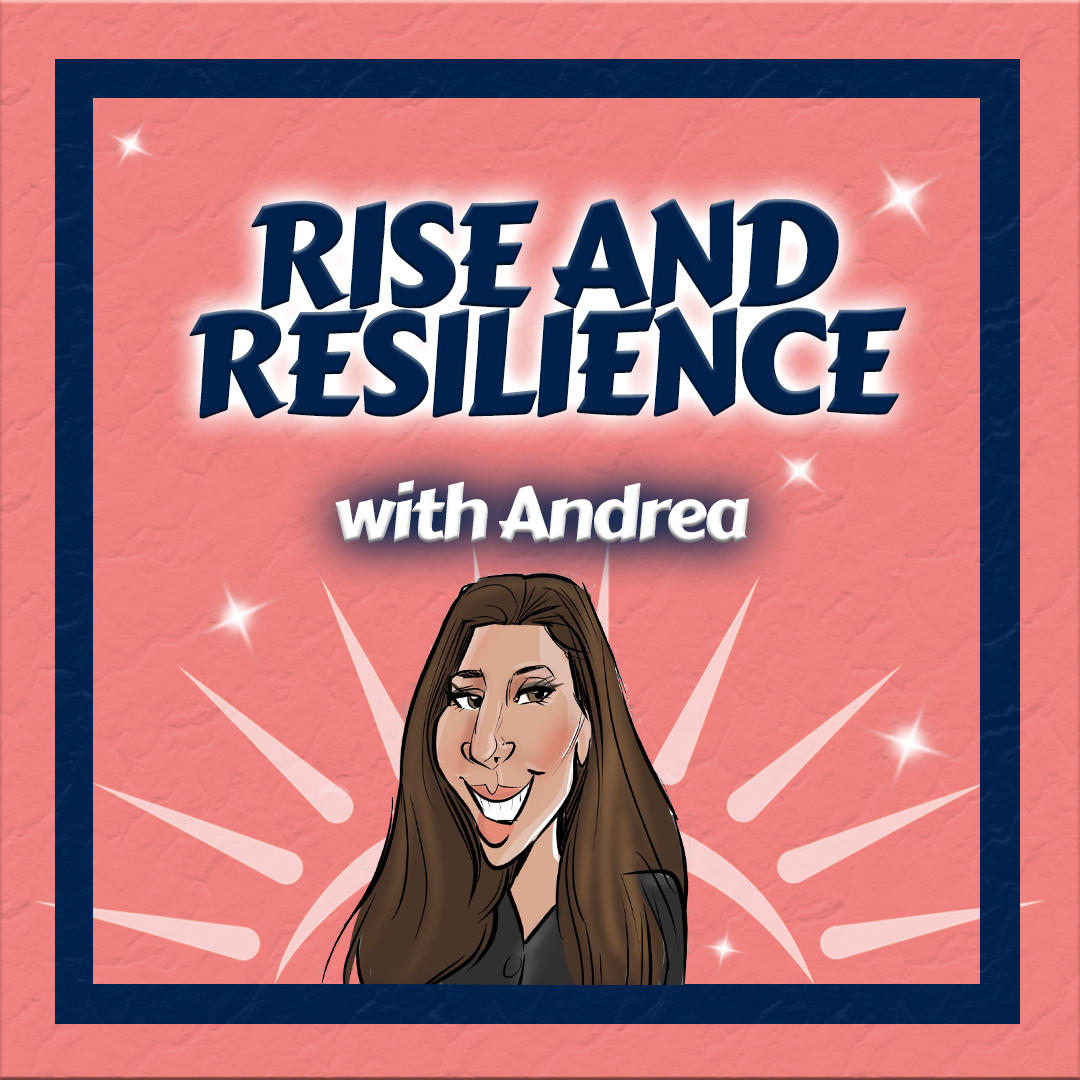
August 2020
4 Min Read
The Growing Demand for Last Mile Distribution on Long Island
Spearheaded by the global Coronavirus (COVID-19) Pandemic, this year’s rapid growth of online purchasing has resulted in competition amongst retailers to race to deliver consumers their goods faster. As such, the majority of modern e-commerce retailers need a dependable solution for one-day, same-day, or even one-hour deliveries in select cities. However, as more consumers look to online shopping for their products, how can companies remain ahead of the competitors as it pertains to shipping times?
The solution is getting the last mile right in the supply chain distribution system.
What is the Concept of Last Mile Distribution?
The speed at which goods ordered online reach its final destination is highly dependent on the “last mile” of the supply chain. Specifically, the last mile refers to the final leg of delivery and not the literal measurement of distance. Generally, highly urbanized, and dense population centers were closer to last-mile facilities, while more suburban and geographically larger areas were farther from last-mile facilities.
Notably, the time it takes to drive from the last-mile facility to the customer’s door is more important than the actual mileage or distance of the distribution center. Particularly, some urban locations may have heavy traffic, resulting in a delayed or difficult transfer of goods, while others might have an easy delivery. When a company selects a last-mile location, they must understand transportation and driving conditions in depth.
Online Retailers must secure high-quality logistics facilities to gain access to a wider market. They should be able to serve all consumers, whether they are ordering, clothes, furniture, food, and beverages.
Last-Mile Facilities are Crucial in the Supply Chain
The retail industry, specifically eCommerce, is rapidly changing, and retailers are getting smarter about their last-mile solutions to compete with the biggest players, like Amazon. Notably, in 2018, Amazon took an impressive 41 percent of the U.S. retail market share, primarily driven by offering same-day and next-day delivery services. For retailers that offer same-day delivery, at least 25% of consumers are willing to pay premiums for that service.
As such, increased e-commerce, and the desire for same-day delivery have fashioned a need for modern last-mile facilities near big cities, such as parts of Long Island, to deliver good easier and more reliable. Overall, the primary goal of last-mile delivery for every retailor should be to transport an item to its recipient as fast as possible.
Key Features for Selecting Last-Mile Centers
The following key features will allow end-user to make successful deliveries. These include but are not limited to, the following:
- Location, Location, Location.Logistics facilities located near major highways and bridges can deliver to more destinations. In New York State, proximity to New York City, and Long Island is a major logistical advantage. Certain areas of Long Island are ideal for last-mile distribution. Notably, Amazon has signed a lease for 100 Precision Dr. in Shirley. The 110,658square-foot building will serve as a “logistics delivery station.”
- Cross-Dock Capacities. To resolve among the largest challenges facing the food as well as the beverage industry, last-mile facilities will enhance their cross-dock abilities. Cross-docking, the method of receiving goods at one door of a facility as well as shipping out via one more practically quickly, allows for the successful transport of subject to spoiling goods as well as eliminates the requirement for the storage of food and also beverages.
- Sound Building Quality. Most logistics properties are older than 50 years old. Their electric and architectural capabilities are stressed and limited. They are developed for services of the past. Today, high quantities of goods need to be delivered daily. Stores must choose buildings that have the functions that permit reliable throughput or newly built residential or commercial properties that meet this requirement. Similarly, high ceiling heights accommodate modern vertical racking systems, an important consideration for the last mile.
- Cross-Dock Capacities. To address one of the biggest challenges facing the food and beverage industry, last-mile facilities will optimize their cross-dock capacities. Cross-docking, the practice of receiving goods at one door of a facility and shipping out through another almost immediately, allows for the successful transportation of perishable goods and eliminates the need for storage of food and beverages.
- Future-proof planning. Over 30 percent of delivery costs are incurred in the last mile. Primarily, this cost is gas and labor. Therefore, if a company can cut gas and provide additional eco-friendly solutions, this will give it an edge over its competitors.
Overall, retailers selecting a Long Island, last-mile distribution center will find that they will have a significant logistical advantage over their competitors. Notably selecting Long Island last-mile distribution is beneficial due to its proximately to New York City as well as major highways and transportation routes.




















































